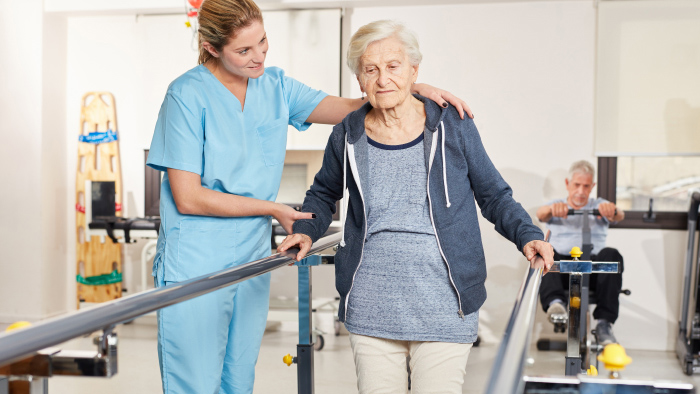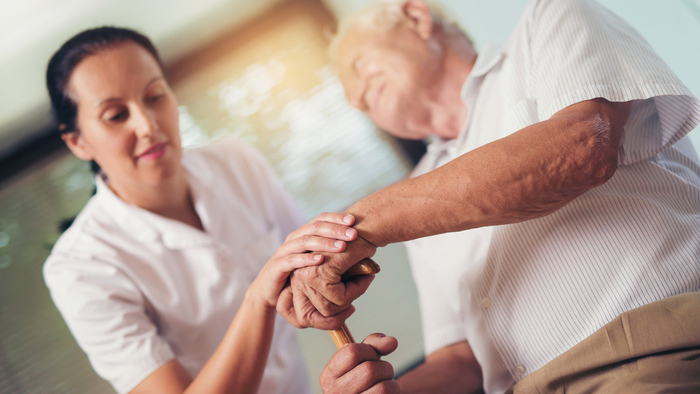The LSVT BIG program consists of 16 sessions, led by a LSVT Certified Physical or Occupational Therapist — four days a week for four weeks. Treatment sessions run for one hour and include assigned home program practice for carryover of skills. The program focuses on high amplitude and repetitive motions performed with maximal effort, which helps produce bigger and more functional movements for daily activities.
A referral from a physician or health care practitioner is required.

